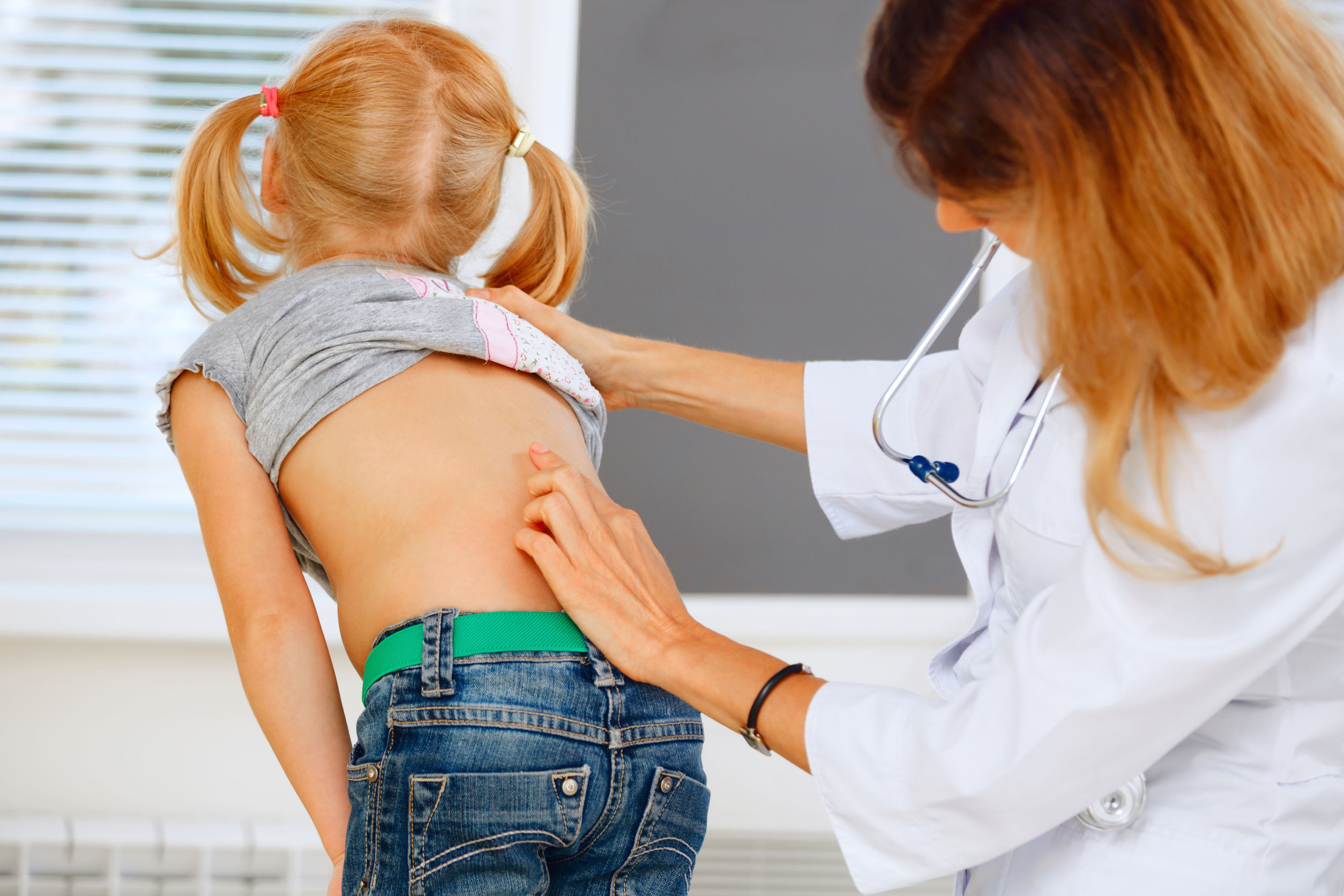Most people have heard of Scoliosis presenting in kids and young teenagers, but what actually is it?
It’s a deformity of the spine that involves a sideways bend, and rotation. The majority of cases occur in young girls (but watch out, it can occur in boys and adults too).
A true structural Scoliosis isn’t from poor posture, or holding a heavy bag on one shoulder, it’s a condition where the spine bends, but also becomes rigid and fixed in its altered position. At the same time, muscles tighten and shorten on one side of the body, and lengthen and weaken on the other side, worsening the curve and discomfort.
As well as being a serious physical condition that can cause a lot of pain, there is a huge emotional aspect of discomfort that teenagers with Scoliosis secretly can have. With Scoliosis your posture changes, one shoulder may sit higher, your ribcage may hump at the back, one hip may sit out further than the other. This can be very upsetting for teenage girls as they become more body aware, wearing more fitted clothing.
If you have a child with developing Scoliosis, you may notice she starts wearing loose- fitted t-shirts, and stops wearing tight clothes to avoid the deformities showing. Often at this age and stage, your child may become self- conscious, without being aware that they have a deformity. This can have detrimental effects to their confidence, and they may not verbalise this to you.
Luckily, treatment can improve Scoliosis in most cases, and this can significantly reverse the self- consciousness.
Generally it is the parents of children with Scoliosis that identify it, usually in the summer when swimsuits are worn. As parents are the main form of detection, it’s important that we have the correct screening tools available. On this website we have a link to our checklist for assessing scoliosis, as well as a link further into the details of the scoliosis condition.
A true Scoliosis isnt fixed with a few exercises or pilates, it needs serious and immediate treatment. This involves (where appropriate) Scoliosis-specific exercises by a qualified Physiotherapist, bracing, and/ or surgery as the last resort.
If you have any more questions about Scoliosis, please read the section on Scoliosis on our ‘Conditions’ tab, or don’t hesitate to call us at Aushealth on 9905 0048 and speak to one of our qualified Physiotherapists.


